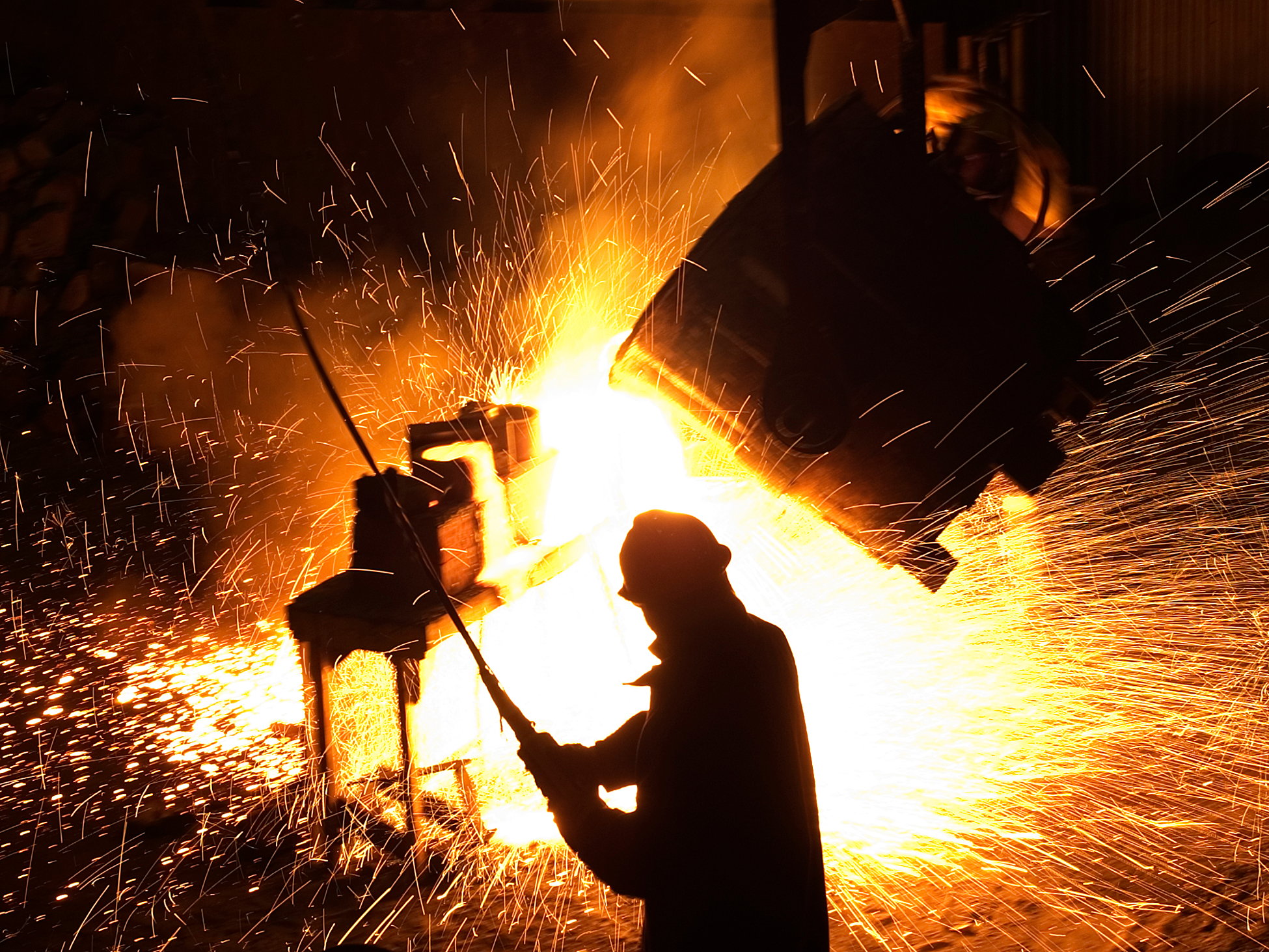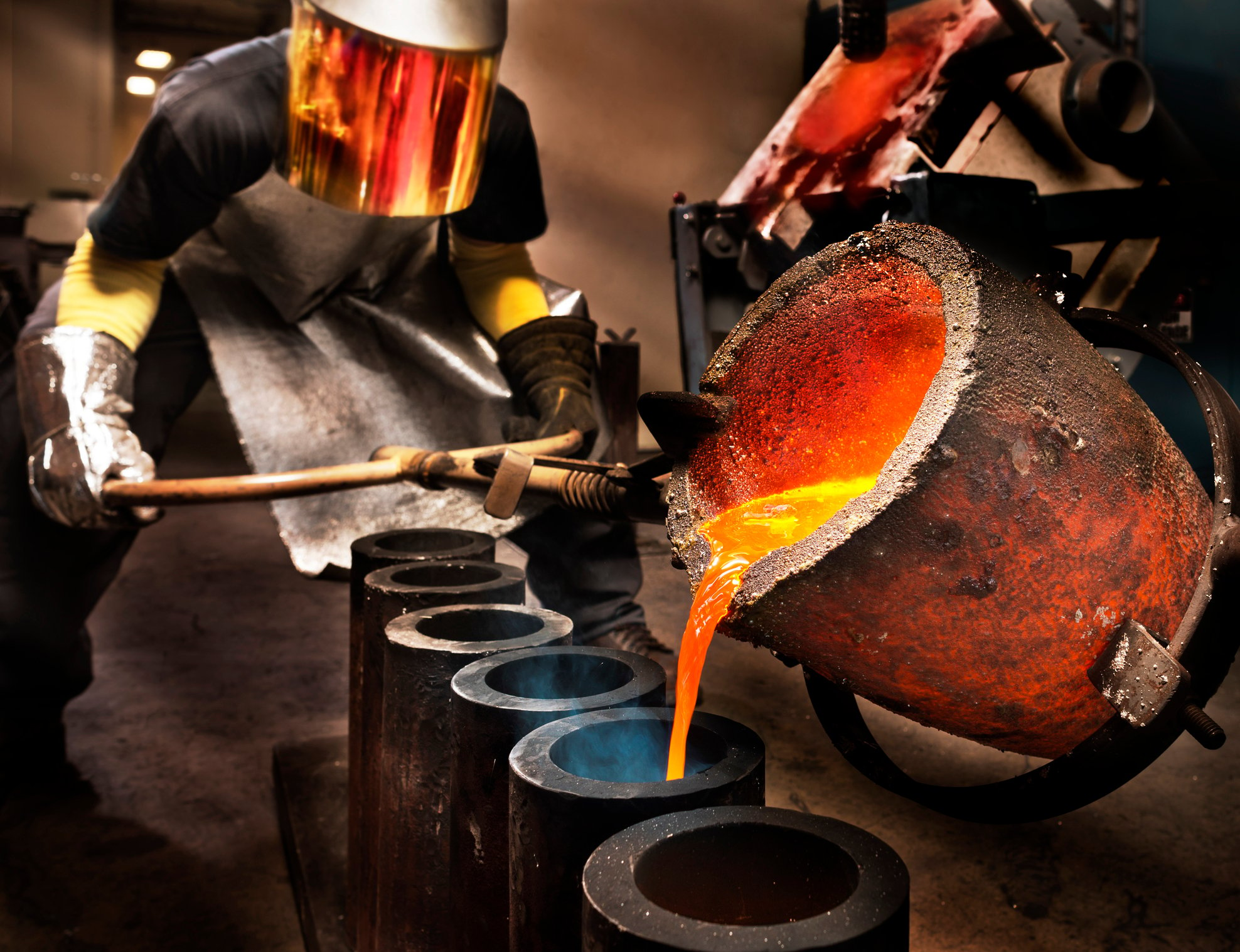Check out the latest Cleveland-Cliffs earnings call transcript.
Four years ago, Cleveland-Cliffs (CLF 0.52%) brought in CEO Lourenco Goncalves to salvage a company that was on the brink of bankruptcy. The price of iron ore, its principal product, had been declining since 2010 as the Chinese commodity boom started to wane. To make matters worse, the previous management team had made some poor decisions to acquire questionable assets at top-of-the-market valuations.
With loads of unprofitable businesses and a bloated balance sheet, Goncalves and current management began cleaning house. Today, after years of selling and shuttering assets and trimming its balance sheet, the company is back on much-surer footing. Its net debt is less than half what it once was, and focusing on its high-margin operations in the U.S. has restored profitability.
Despite these changes, the company's stock trades as though nothing has changed. Long-term investors have been waiting for Wall Street to catch on and start valuing this stock for what it is today instead of what it used to be. Will 2019 be the year that finally happens? Let's take a look at the things working in favor of and against Cleveland-Cliffs, and whether the stock is a buy today.

Image source: Getty Images.
What's different?
Cleveland-Cliffs' business barely resembles what it was a few years ago. Instead of assets in multiple countries and investments in iron ore, metallurgical coal, and alloys commonly used in the steelmaking process, the company has been stripped down to its core activity: producing iron ore in the U.S. to sell to local steelmakers. Even the company's name is different -- it changed in 2017 from Cliffs Natural Resources.
Iron ore is a relatively cheap commodity on a per-ton basis, but it is heavy, and transportation costs can be significant. With mines in the U.S. that produce a quality grade of iron ore relatively close to centers of demand, Cleveland-Cliffs is able to realize higher prices per ton sold for the same ore that would come from places such as Brazil. It also signs customers up for annual contracts that ensure volumes are consistent.
Having contracts that ensure volume commitments and charging a slight premium to reflect lower transportation costs help explain how the company has churned out steady operating profits over the past few years. Unfortunately, those operating profits were quickly eaten up by debt-servicing costs. This is another aspect of the business where Cleveland-Cliffs' management has changed things considerably. In less than five years, the company has trimmed its debt load by more than half and now carries a considerable amount of cash on the balance sheet. At the end of the most recent quarter, Cleveland-Cliffs had close to $900 million in cash on the books, and net debt of around $1.4 billion.
The combination of focusing operations on its profitable U.S. business and cleaning up the balance sheet has done wonders for the income statement. Management is comfortable enough with its current position that it's investing in growth and has reinstated a $0.20-per-share annualized dividend that, at current stock prices, yields 2.6%.
What's the same?
All of the things mentioned above show that what's under the hood at Cleveland-Cliffs is wildly different from the way things were before the new management team took over. But despite the engine tune-up, it's still an ugly investment on the outside. Iron ore is still a commodity business in which demand and prices are incredibly sensitive to economic cycles. If there were a decline in economic output relatively soon, it wouldn't be surprising to see Cleveland-Cliffs' profitability decline significantly.
Another thing to consider: The tariffs on imported steel have boosted domestic steel prices, which in turn has lifted iron ore prices. If those tariffs were to suddenly go away, it could result in a big hit to prices and possibly total demand.
Companies tied to commodity prices will almost always trade at a discount to the overall market because they're cyclical. Buying in the midst of a commodity boom like the one we saw in 2010 can make your money disappear faster than if you doused it in kerosene and lit a match. Cleveland-Cliffs' stock was a textbook example.
What matters in 2019?
The argument for Cleveland-Cliffs is twofold: (1) The changes management has made over the years have been enough that the company is in good shape to handle the ups and downs of the commodity cycle; and (2) the stock is so unbelievable cheap today that there is some value in the stock even if we see a decline in the iron ore business. Today, shares trade at 2.7 times earnings, and management's forecast for 2019 gives a positive outlook for the price of high-quality iron ore pellets. Even if the company misses these forecasts by a considerable amount, it will likely still be able to turn a modest profit.
As a shareholder of Cleveland-Cliffs, I may be a bit biased toward the bullish argument. That said, a couple of quarters of earnings results that confirm some of the things management has forecast could get Wall Street on board. If that's the case, then shares of Cleveland-Cliffs look dirt cheap and are worth considering.







